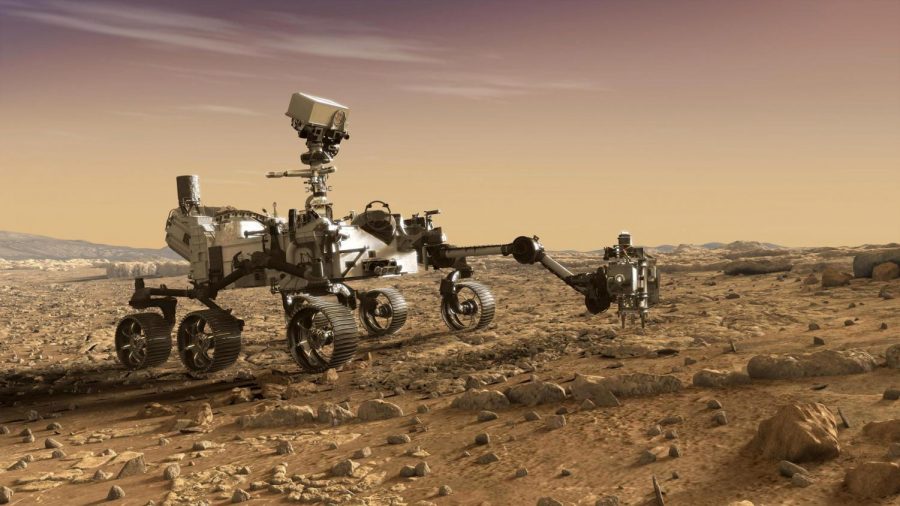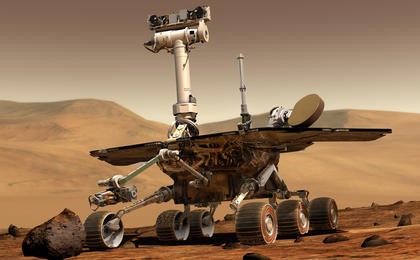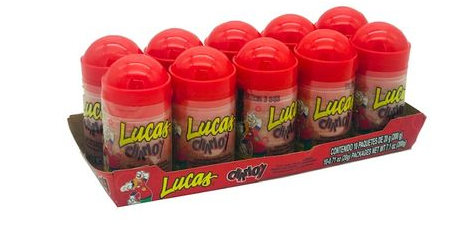How Perseverance, the Mars Rover, works
This is Perseverance, ready to drill.
5…4…3…2…1…BLAST OFF! On July 30, 2020, Perseverance was launched to Mars! Perseverance is a rover that was sent to Mars to do a mission. Its mission is to collect samples of rock and soil, and search for any signs of ancient life on Mars. But how does Perseverance collect the samples? What is the process like?
Before it can start the process, it has to maintain cleanliness. According to NASA, it states, “Perseverance must meet extraordinary cleanliness requirements. These measures are in place to avoid contaminating Martian samples with terrestrial contaminants that may inadvertently be brought from Earth.” Perseverance has to be “clean” in order to not mess up the Martian sample. If it’s not “clean,” then it can affect the samples and give the wrong data.
Once that has been cleared, the next step is collecting samples. Perseverance has a big arm that is about 7ft. The arm consists of a drill that will allow it to collect samples from a rock by drilling the rock. When the arm is drilling the rock, a small interior hand (lab assistant) will help replace the filled sample with new samples. The filled samples will go into a place where they will be inspected and sealed. While the arm is drilling away, there are tools the arm carries. These are WATSON, SHERLOC, and PIXL.
SHERLOC (Scanning Habitable Environments with Raman and Luminescence for Organics and Chemicals) searches for past microbial life through organics and minerals that were altered by water environments. WATSON is a camera that helps to record and up-close textures of a rock and soil that are later studied by the SHERLOC mineral analyzer. Planetary Society explains to us that PIXL (Planetary Instrument for X-ray LithoChemistry) will detect any signs of microscopic life. It has the ability to see something as small as a grain of salt. These devices help to examine the rock and that is getting collected.
When the sample has been collected, it goes inside the rover’s belly. Inside, the small hand (lab assistant) will take the sample, so it can go into the inspection and sealing station. The samples will be sealed hermetically, meaning that it will be closed really tight that hardly anything will go in or out. The tubes will remain stored inside the belly until the team decides where the samples should be disposed of on the surface.
The last step is when the team decides when and where to drop off the sample tubes. The location or locations must be precise, in order for possible pick-up and return to earth.
Perseverance was successfully able to get on Mars. Lindsey, a former worker at JPL (Jet Propulsion Laboratory) said, “ All of that work can be wiped out in a moment’s notice if any portion of the landing does not go to plan. It’s referred to as the “seven minutes of terror” since the entire process to get the rover from high in the Martian atmosphere down to the surface takes about seven minutes.”
If the landing didn’t go as planned, all of the hard work that was put into Perseverance would have just gone to the trash. Without Perseverance, we wouldn’t be able to explore more about Mars and find answers to the big question; “Can humans live on Mars?”
















jason • Jan 20, 2022 at 1:15 pm
Wow it was very good it hooked me with you introduction and learned new thing about the rover and now know what they did to the rover before it goes to Mars. Keep up the work and stay positive.